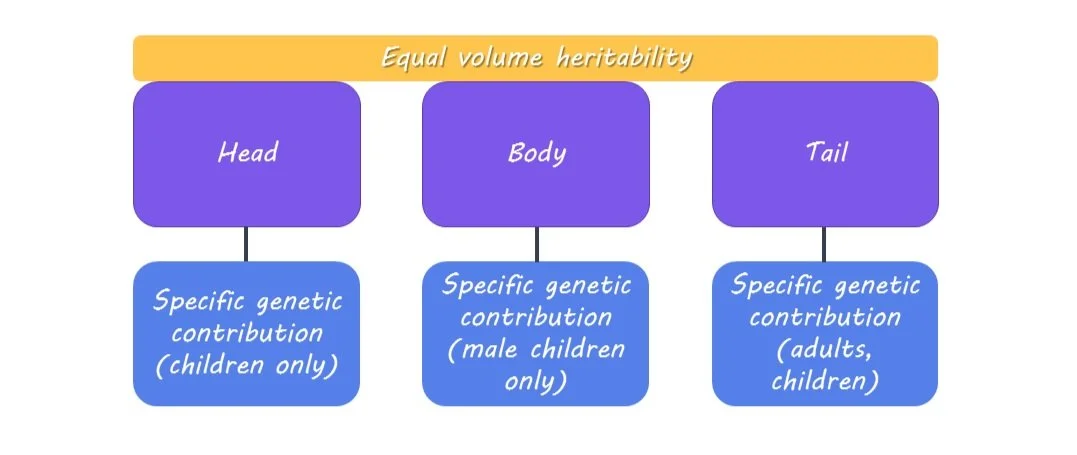The Hippocampus Can Predict Whether an Action Will Lead to a Reward
Post by Trisha Vaidyanathan
The takeaway
The ventral hippocampus (vHPC), via its projections to the medial prefrontal cortex, is important for encoding the context of a reward. This pathway is required to update the causal relationship between an action and a reward and adjust behavior accordingly.
What's the science?
It has long been debated whether the hippocampus plays a role in “goal-directed actions”, something we do every day. For example, you may put money in a nearby vending machine (an action) so you can eat a candy bar (a goal). Choosing to take this action is dependent on your understanding that there is a causal relationship between putting money in a vending machine and getting a candy bar, also known as an “action-outcome contingency”. However, if candy bars randomly drop from the vending machine without your money, you may stop believing in the “action-outcome contingency” and stop putting money in the vending machine. Critically, you will only update the “action-outcome contingency” in the context of the vending machine and will likely still choose to use money at a store, or maybe even another vending machine. This week in Current Biology, Piquet and colleagues demonstrate that the ventral hippocampus (vHPC) is critical for context-specific learning that shapes behaviors in response to changing action-outcome contingencies.
How did they do it?
The authors used a behavioral test for rats to model action-outcome contingency. Rats were trained on two different action-outcome contingencies: pushing lever 1 resulted in a grain pellet, and pushing lever 2 resulted in a sugar pellet. Next, one of those action-outcome contingencies was “devalued” by giving rats access to the pellets without needing to push the lever. Finally, they tested the rats by presenting them with both levers – typically, rats are less likely to choose the lever associated with the “devalued” pellet, or the pellet they were given free access to. To test the role of the vHPC, the authors trained rats on the task after creating a lesion in the vHPC or using chemogenetics to selectively silence the vHPC neurons during specific phases of the task.
Next, the authors investigated the role of context in action-outcome contingency. Rats went through extensive pre-exposure to the behavior chamber, which is known to reduce its effectiveness as a context cue through a concept called “latent inhibition” and examined how this altered their response to the action-outcome contingency change. The authors also trained rats with or without vHPC silencing on a Pavlovian context conditioning test, in which they were trained to associate two different behavioral chambers (contexts) with two different rewards, then the authors devalued one of the rewards and tested the ability of rats to differentiate between the two chambers.
Lastly, the authors investigated whether these vHPC functions are mediated by vHPC projections to the medial prefrontal cortex by using chemogenetics to specifically silence the vHPC terminals in the medial prefrontal cortex during the action-outcome contingency task.
What did they find?
First, the authors demonstrated that rats with vHPC lesions are insensitive to changes in an action-outcome contingency. After the rats were given full access to one of the pellets, the rats with lesions failed to preferentially choose the other pellet in the “test phase”. Similar results were found when the authors chemogenetically silenced vHPC neurons during the training, but not the test phase. Together, this demonstrated that vHPC is necessary to acquire new causal information.
Next, the authors lessened the effectiveness of the behavior chamber as a context cue through pre-exposure, or “latent inhibition”, and found this caused the rats to be less sensitive to the action-outcome contingency change. This demonstrated that encoding the context of a reward is necessary to respond to an action-outcome contingency change. The authors then demonstrated that vHPC is specifically important for encoding the context of the reward. Rats with vHPC lesions or chemogenetic silencing were unable to differentiate between a “devalued” context and a “valued” context in the Pavlovian context conditioning assay.
Lastly, the authors confirmed that the vHPC exerts its effect on goal-directed actions via its projections to the medial prefrontal cortex, by demonstrating that specifically silencing the vHPC terminals in the medial prefrontal cortex had the same negative effect on behavior as the vHPC silencing.
What's the impact?
This study identifies a critical role of the vHPC-to-cortex circuit in goal-directed actions by demonstrating that the circuit is necessary to encode the context of a reward, update the causal link between action and outcome, and adapt behavior appropriately. These findings are critical to our understanding of fundamental, everyday behavior.





